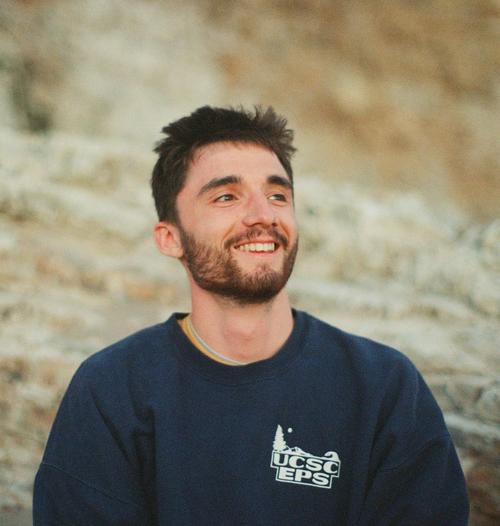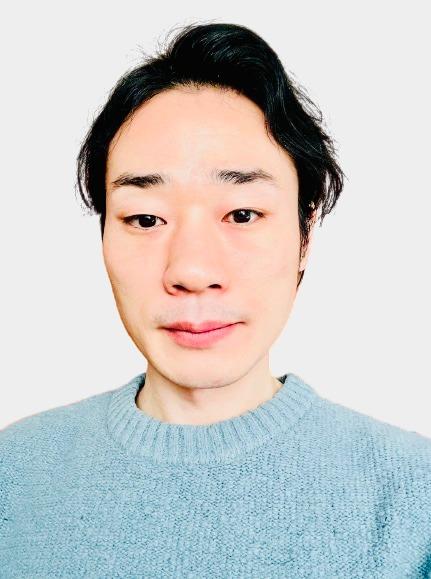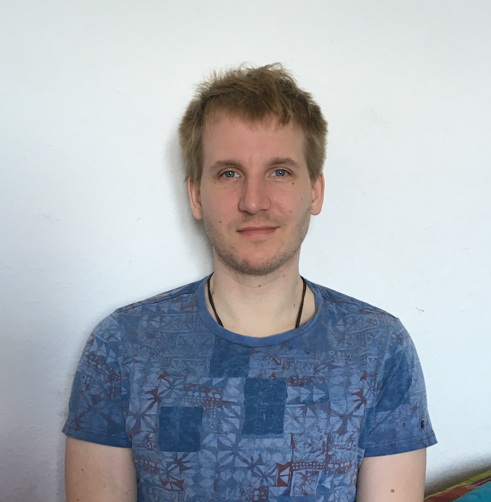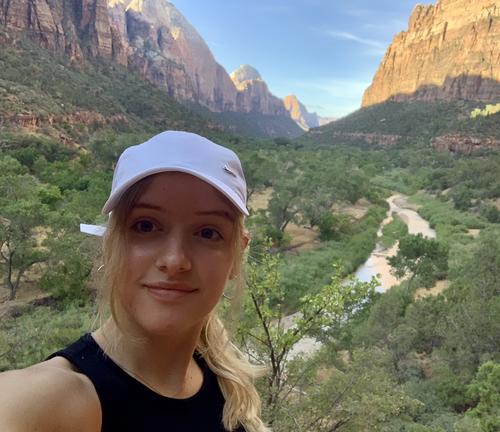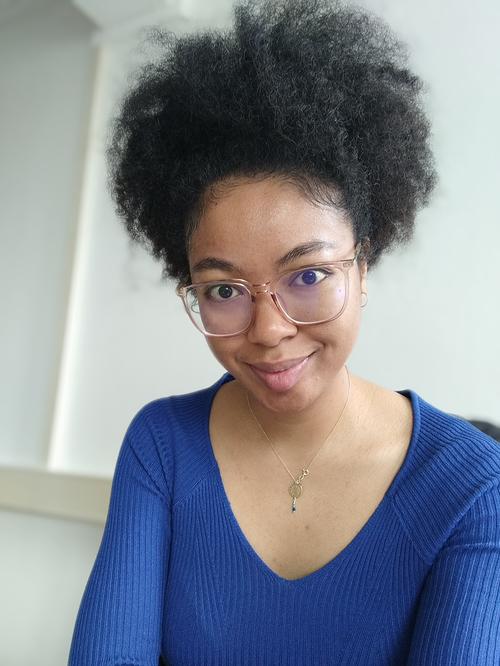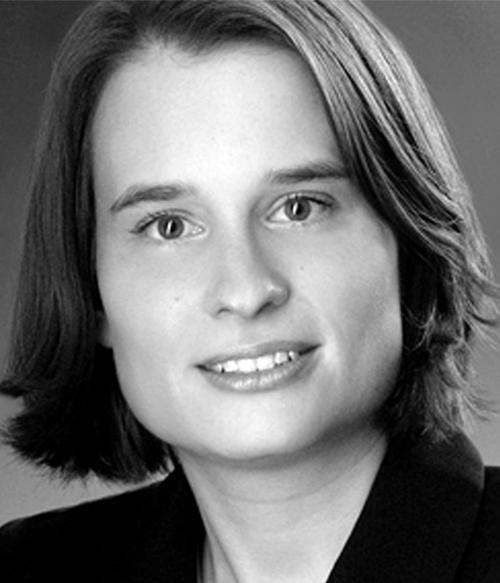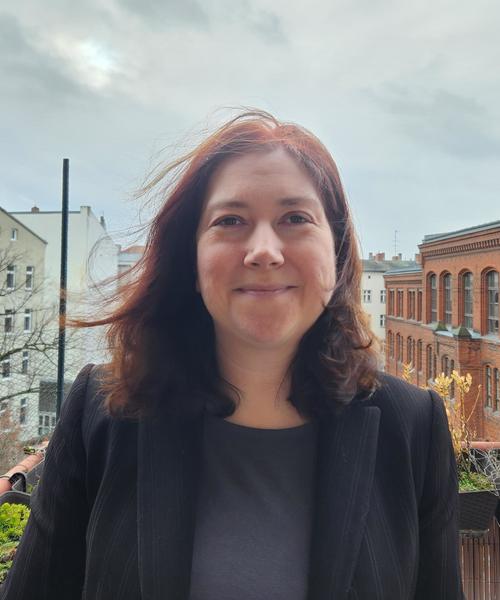Department of Earth Sciences
Service Navigation
DIVERSE (DIVerse Exoplanet Redox State Estimations)
Professor Lena Noack from the Institute of Geological Sciences at Freie Universität Berlin has been selected for an ERC Consolidator Grant by the European Research Council. The planetary scientist will receive over 1.99 million euros over the course of five years to carry out her research project “DIVerse Exoplanet Redox State Estimations – DIVERSE.” In her research she will address the diversity of rocky planets (the planetary siblings of Earth, Mars, and Venus) in other solar systems. The European Research Council awards ERC Consolidator Grants to promising scientists and scholars who completed their doctorates between seven and twelve years ago and now find themselves in the “consolidation phase” of their academic careers.
The James Webb Space Telescope and upcoming Ariel space telescope have opened up new exciting prospects in observational astronomy, making it possible to study exoplanetary atmospheres in greater depth. Planetary scientist Lena Noack is now planning on making use of the opportunities unlocked by these new technologies: “Many studies on exoplanets tend to focus on biosignatures. For example, the presence of specific atmospheric gases can only be explained by the existence of life on Earth. However, in order to prevent misinterpretations, we first have to gain a better understanding of the potential spectrum of abiotic atmospheres – which also includes evaluating the possibility that life could exist there some day. Not all planets resemble Earth. There could be completely different types of rocky planets out there,” Noack explains.
The “DIVERSE” project will focus on particularly unusual exoplanets (here referred to as “Class X planets”), which have a strongly reduced interior chemistry. The result would be an atmosphere that was formed by volcanic outgassing, but one which would look quite different to that of Earth or its neighboring planets. At least for some time, the atmosphere could be dominated by volatile hydrogen. In fact, these planets would then more closely resemble ice giants, like Neptune in our solar system, where atmospheres are formed from the accretion disc during the creation of planets and are thus dominated by hydrogen and helium. However, it is still very difficult to observe helium in exoplanet atmospheres, despite some progress made in recent years. The Class X planets postulated by Noack would find themselves in the group of planets that resemble Neptune.
“If we were able to discover an exoplanet whose atmosphere primarily consisted of hydrogen without a significant presence of helium, then we would be able to call this a Class X planet,” she adds. Being able to detect a planet of this type would have major ripple effects on the wider research community. The strongly reduced chemistry in the interior would indicate that – in contrast to the rocky planets in the solar system – metal and rock would not have separated into the core and the rocky mantle above it, but would instead have remained mixed for a long time. With the aid of theoretical models, Noack and her group will lay the essential groundwork for later identifying promising candidates for Class X planets for observation. “If we manage to detect several Class X planets, then this would provide us with a statistical understanding of which planetary masses and compositions could produce a planet similar to Earth, and which could result in quite different worlds that do not exist in the Solar System.”

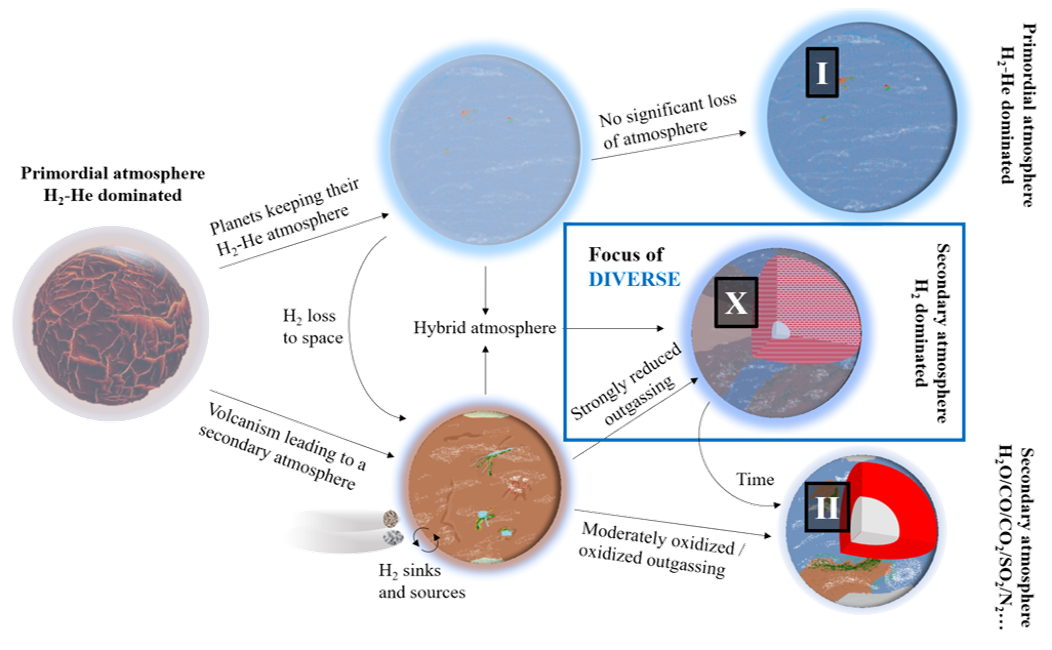
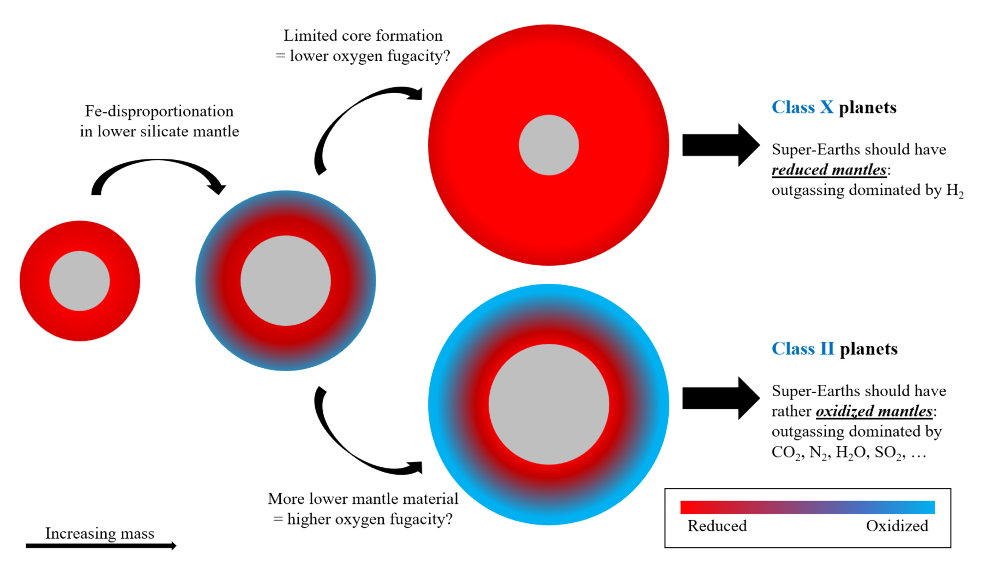
Participants about their projects
My research focuses on modeling the coupled evolution of rocky exoplanet interiors and atmospheres, with a focus on how these systems interact and evolve over geological timescales. As part of the DIVERSE project, I explore the processes that shape the planetary evolution following the magma ocean phase. This includes incorporating a wide range of feedback mechanisms linking the interior, surface, and atmosphere, such as carbonate weathering, ocean formation, and atmospheric escape. Of particular interest to me are the interior properties which result in habitable surface conditions.
My work focuses on the atmospheric modelling of super-Earth and sub-Neptune-sized exoplanets. As part of the DIVERSE project, I am helping to develop atmospheric escape parameterisations used in planetary evolution models to see how the composition of planets changes over their lifetime. I work with the German Aerospace Centre (DLR) on their coupled chemistry-climate model, 1D-TERRA, to understand how chemistry impacts the atmospheric composition and the detectability of planets with different internal redox states. I am also interested in planetary habitability, developing 1D models to determine the conditions under which liquid water oceans can form on super-Earth and sub-Neptune exoplanets with different compositions and received stellar radiation levels.
As part of the ERC DIVERSE project, I am developing compressible two-phase mantle flow models to simulate the long-term segregation of impactor-derived iron-rich metal through magma oceans on rocky Super-Earths. This work will quantitatively test the oxygen pump hypothesis – investigating how inefficient core formation during metal sinking potentially drives inherent planetary oxidation. Furthermore, I am interested in coupling this geodynamic model with evolving atmospheric composition to study interior-atmosphere feedback processes during and after magma ocean crystallization. It aims to advance our understanding of redox evolution, volatile cycling, and habitability on the rocky (exo)planets.
My work focuses on developing a first-order model that predicts the bulk composition of planetary building blocks from the host star’s metallicity and the radial position of material within the protoplanetary disc. After a successful prototype yielded promising results, I am now refining the model by coupling it to FastChem, which calculates chemical equilibrium across the disc. The resulting compositions are passed to Perple_X to generate thermodynamic lookup tables. Through an interpolation scheme, these tables feed directly into our interior-structure model, enabling us to link stellar metallicity to planetary interiors and to explore how composition shapes the subsequent structural evolution of rocky worlds.
I am focusing on the development of a one-dimensional interior model to study the thermal and structural evolution of terrestrial planets. This model focuses on the early accretion, especially the magma ocean stage of planet formation. We incorporates pebble accretion rates to track the growth of planetary mass over time. With this model, we are also able to capture the core formation processes by the sinking of iron droplets through the molten mantle during the magma ocean phase. In addition, the model calculates temperature profiles and the melting behavior of various compositions under high-pressure conditions, enabling us to explore the crystallization history of the magma ocean.
As part of the DIVERSE project, I help the open sharing of the project’s outputs with the public. I contribute to making codes openly accessible and user-friendly by creating manuals and tutorials. In addition, I assist with outreach activities such as the Summer School and the Long Night of Science.
My tasks on the DIVERSE project mainly consist in creating tutorials and documentations for a 2D mantle convection code. The goal is to support users of varying experience levels in using the code and understanding different convection cases scenarios. I also participate in the organisation of conferences and diverse outreach projects.
I am working in project administration, especially in the coordination of personnel and budget.
About Lena Noack
Lena Noack has been a professor at Freie Universität Berlin since 2017. Her research focus is on the geodynamic modeling of planetary processes. Having studied mathematics at Humboldt-Universität zu Berlin and completing her doctorate at the Institute of Planetary Research based at the German Aerospace Center, she moved to the Royal Observatory of Belgium in 2012, before returning to Berlin several years later and joining Freie Universität. She is primarily interested in exploring the link between planetary surfaces and their interiors as well as characterizing potential Earth-like exoplanets around our neighboring stars.

